Info
Subfamily: Pooideae
Genus etymology: Holcus is the ancient Greek name for a type of grass
Species etymology: lanatus = "wooly" [Latin] refering to the soft hairs covering the plant
Photosynthetic type: C3 (cool season)
Nativity: naturalized - intentional
First recorded in Hawaiʻi: 1885
Map
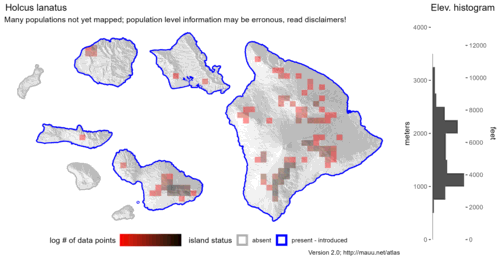

Inflorescence
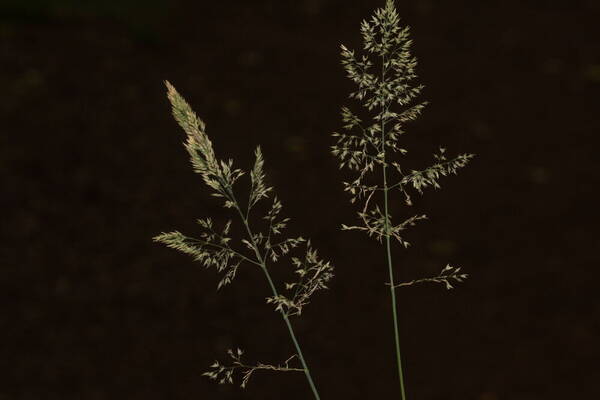
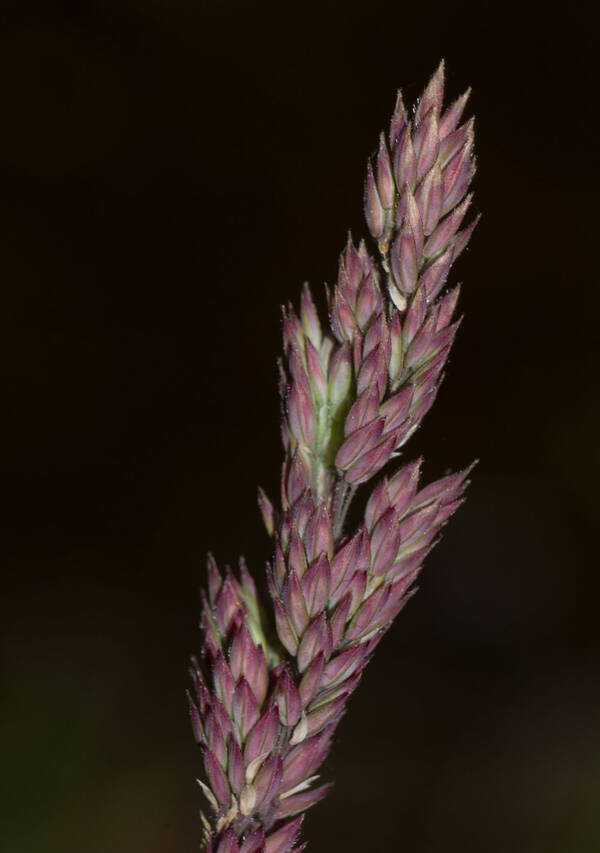
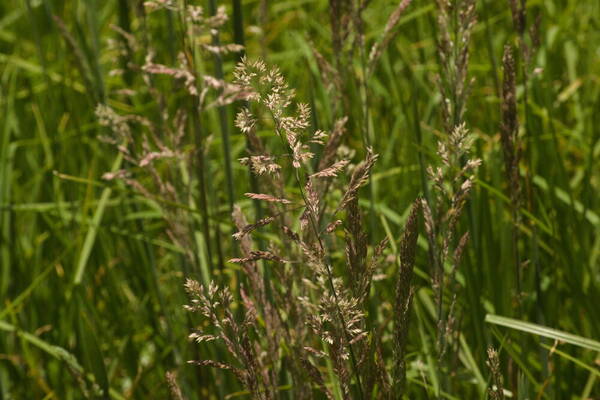
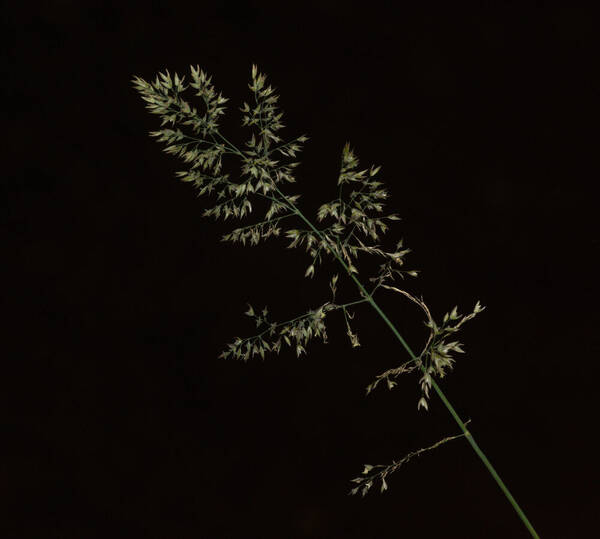
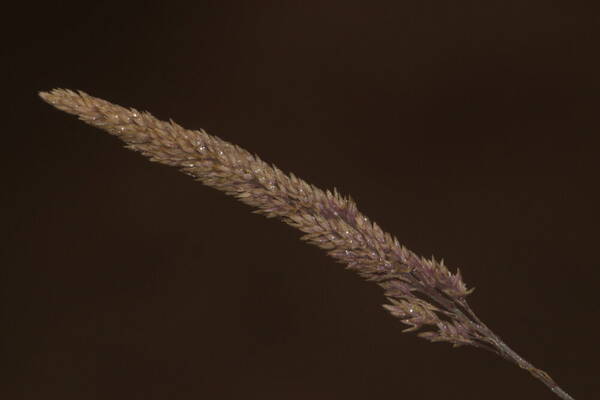
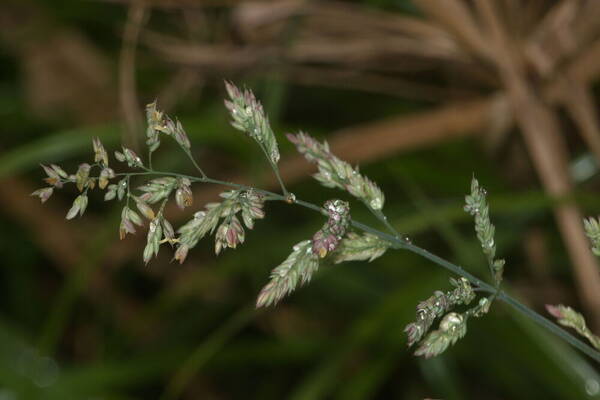
Plant
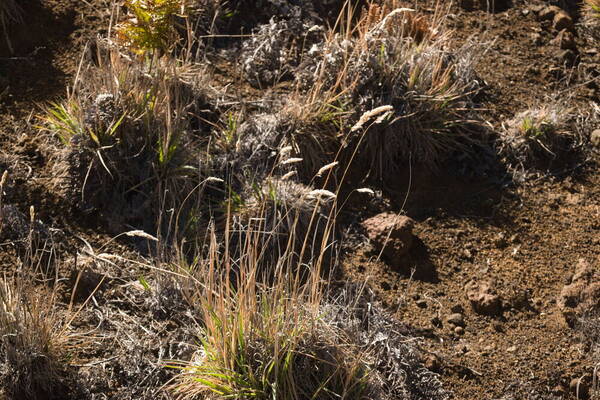
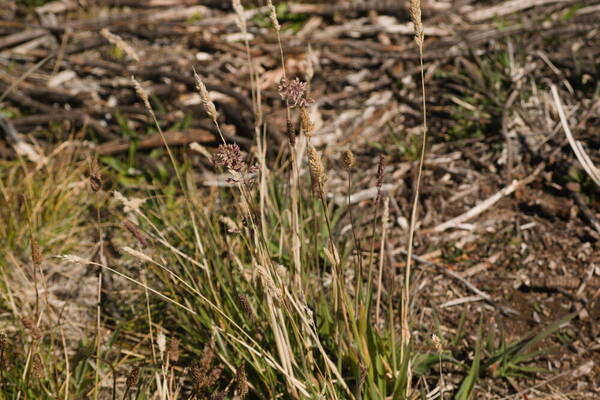
Habit
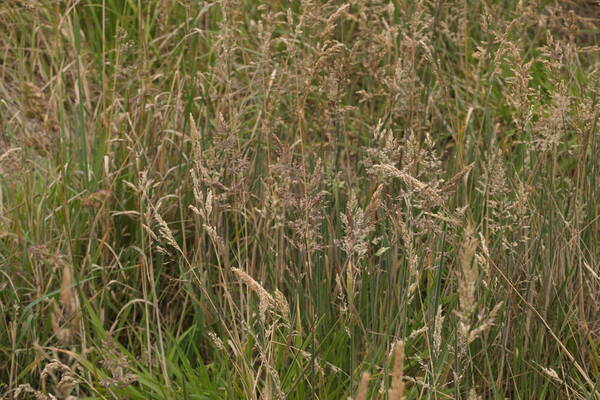
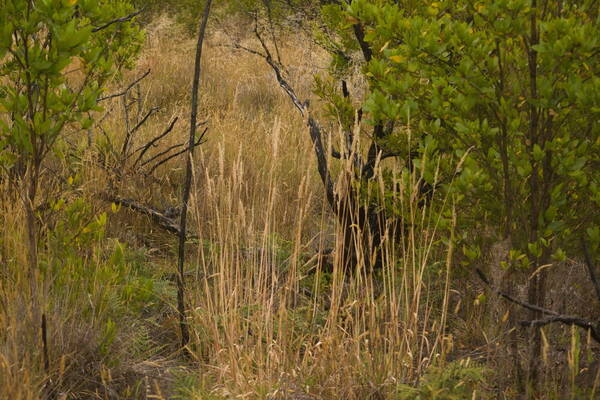
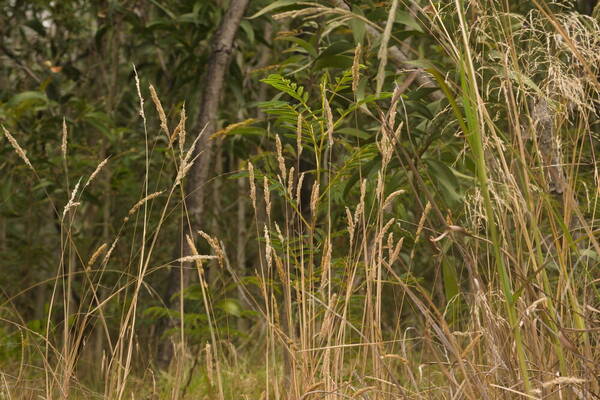
Spikelets
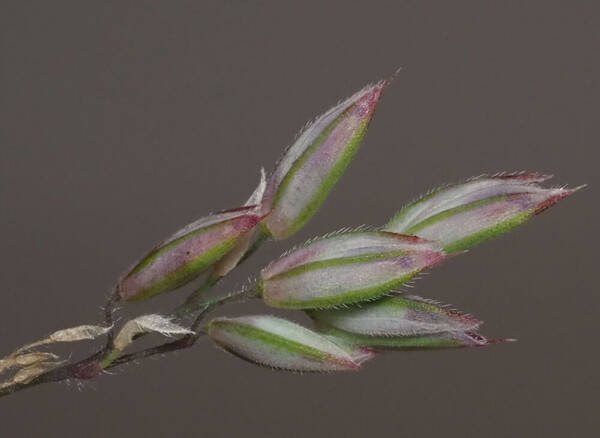
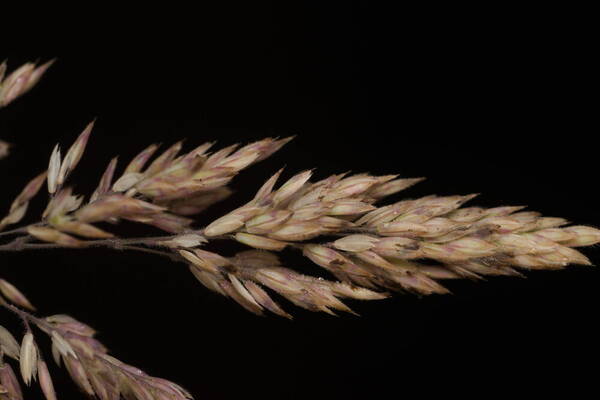
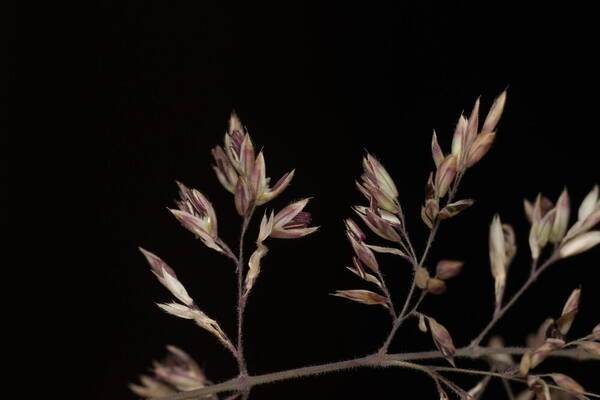
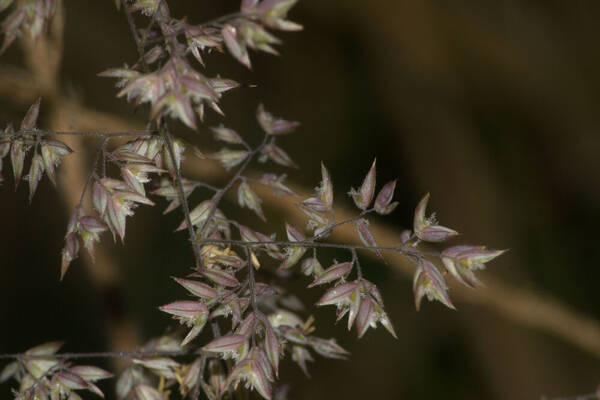
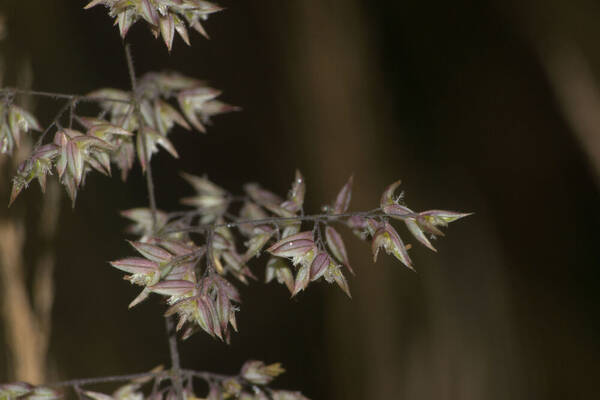
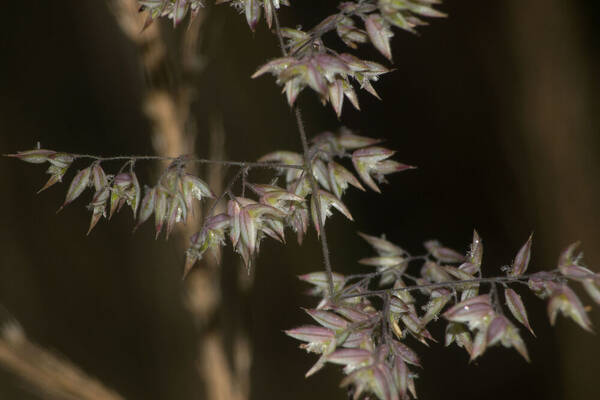
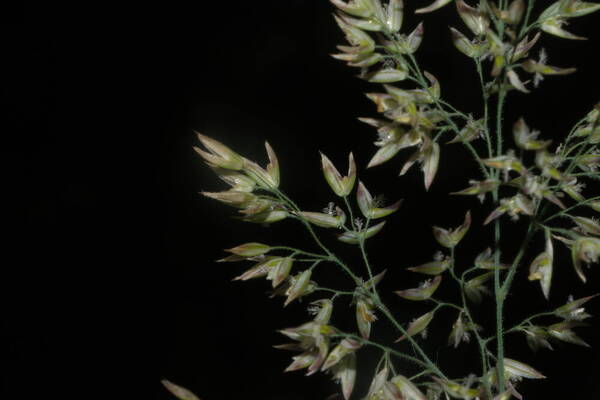
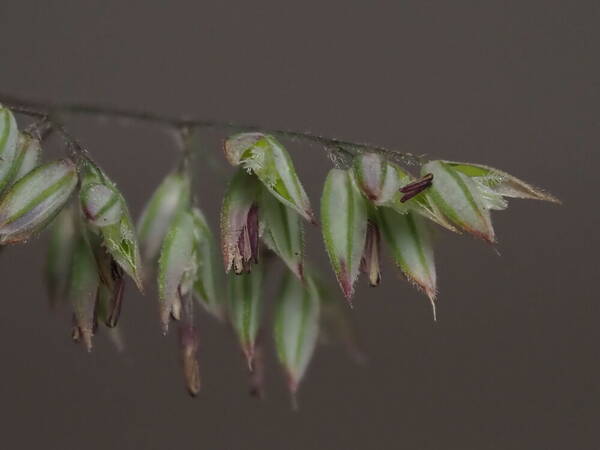
Landscape
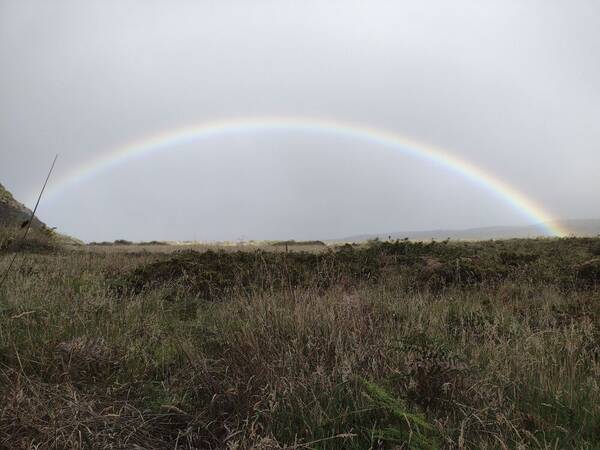
Description
Plants perennial; cespitose, not rhizomatous. Culms 20-100 cm, erect, sometimes decumbent; lower internodes densely pilose, hairs to 1 mm; uppermost internode often glabrous. Sheaths densely pubescent; ligules 1-4 mm, truncate, erose-ciliolate; blades 2-20 cm long, (3)5-10 mm wide, densely soft-pubescent. Panicles 3-15(20) cm long, 1-8 cm wide; branches hairy; pedicels 0.2-1.6(4) mm, pilose, hairs to 0.3 mm. Spikelets 3-6 mm; rachillas 0.4-0.5 mm, glabrous. Glumes exceeding and enclosing the florets, membranous, ciliate on the keels and veins, usually scabrous, puberulent, or villous between the veins, especially towards the apices, whitish green, often purple over the veins and towards the apices; lower glumes lanceolate, narrow, acute; upper glumes ovate, wider and longer than the lower glumes, midveins often prolonged as an awn to 1.5 mm, apices obtuse, somewhat bifid; calluses sparsely hirsute; lemmas 1.7-2.5 mm, acute, erose-ciliate; upper lemmas shallowly bifid, awns 1-2 mm, often purple-tipped, slightly twisted and forming a curved hook at maturity; anthers (1.2)2-2.5 mm. 2n = 14.
(Description source: Barkworth, M.E., Capels, K.M. & Long, S. (eds.) 1993. Flora of North America, north of Mexico. Volume 24. Magnoliophyta: Commelinidae (in part): Poaceae, Part 1. Oxford University Press, New York. 911 pp. http://floranorthamerica.org/Holcus_lanatus )
Perennials; culms 30-60 cm tall, velvety canescent. Sheaths 6-12 cm long, striate, velvety canescent; ligule membranous, 1-2 mm long, narrowly lacerate, with short hairs at apex; blades 10-20 cm long, 4-8 mm wide, velvety canescent, the midrib prominent. Inflorescences silvery to purplish, paniculate, contracted, sometimes almost spike-like, 8-15 cm long, occasionally enclosed within the uppermost sheath; spikelets 4-4.5 mm long, short-pedicellate; glumes 4-4.5 mm long, keeled, the keels hirsute, otherwise scabrous, first glume 1- nerved, 0.5-0.7 mm wide from keel to margin, second glume 3-nerved, 1-1.2 mm wide from keel to margin; lemma of perfect floret ca. 2 mm long, rather broad, slightly keeled, the keel hirtellous, lemma of staminate floret 2-2.5 mm long, narrow, acute, indistinctly keeled, the keel minutely hirtellous, apex with a hooked awn ca. 1.5 mm long; palea 1.7-2 mm long, minutely hirtellous at apex. Caryopsis pale brown, fusiform, ca. 1.6 mm long, laterally compressed, trigonous, with an adaxial groove. [2n = 14.]
(Description source: O’Connor, P.J. 1990. Poaceae, pp. 1481–1604. In: Wagner W.L., Herbst D.R. & Sohmer S.H. (eds.)., Manual of the flowering plant of Hawaiʻi. Vol. 2. University of Hawaii Press & Bishop Museum Press, Honolulu )